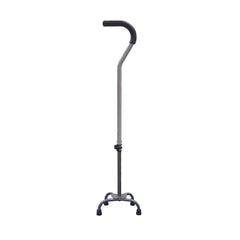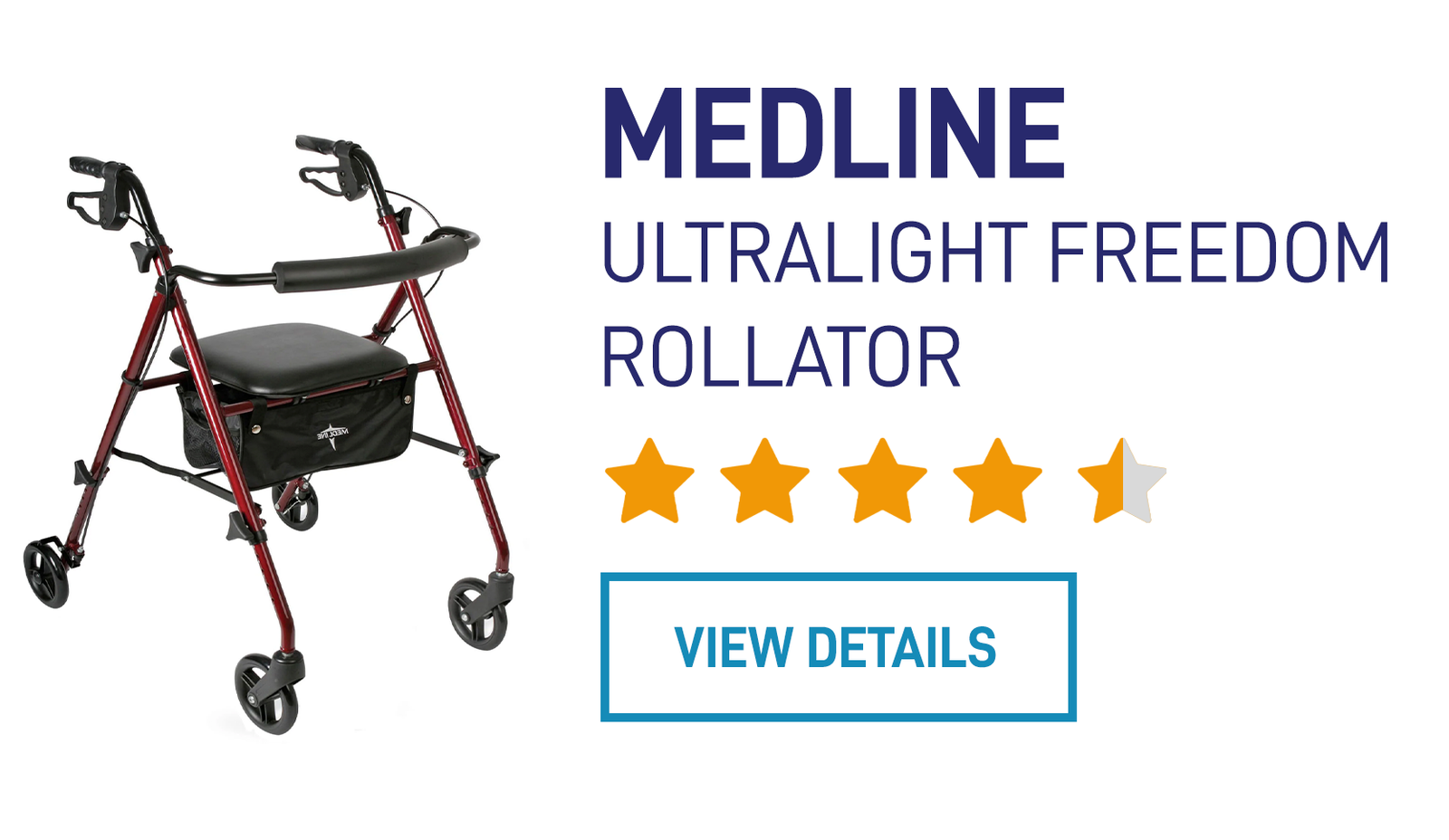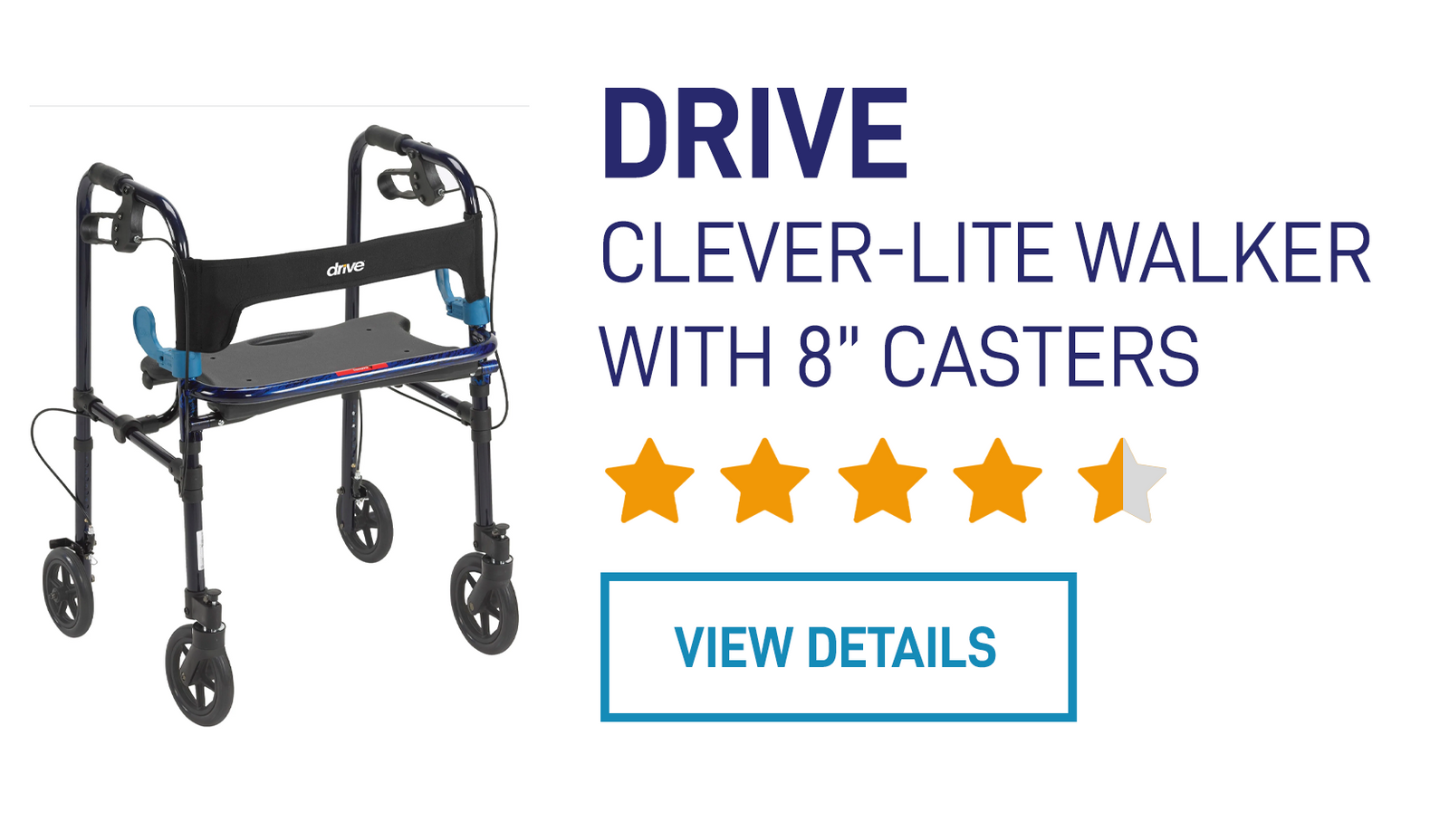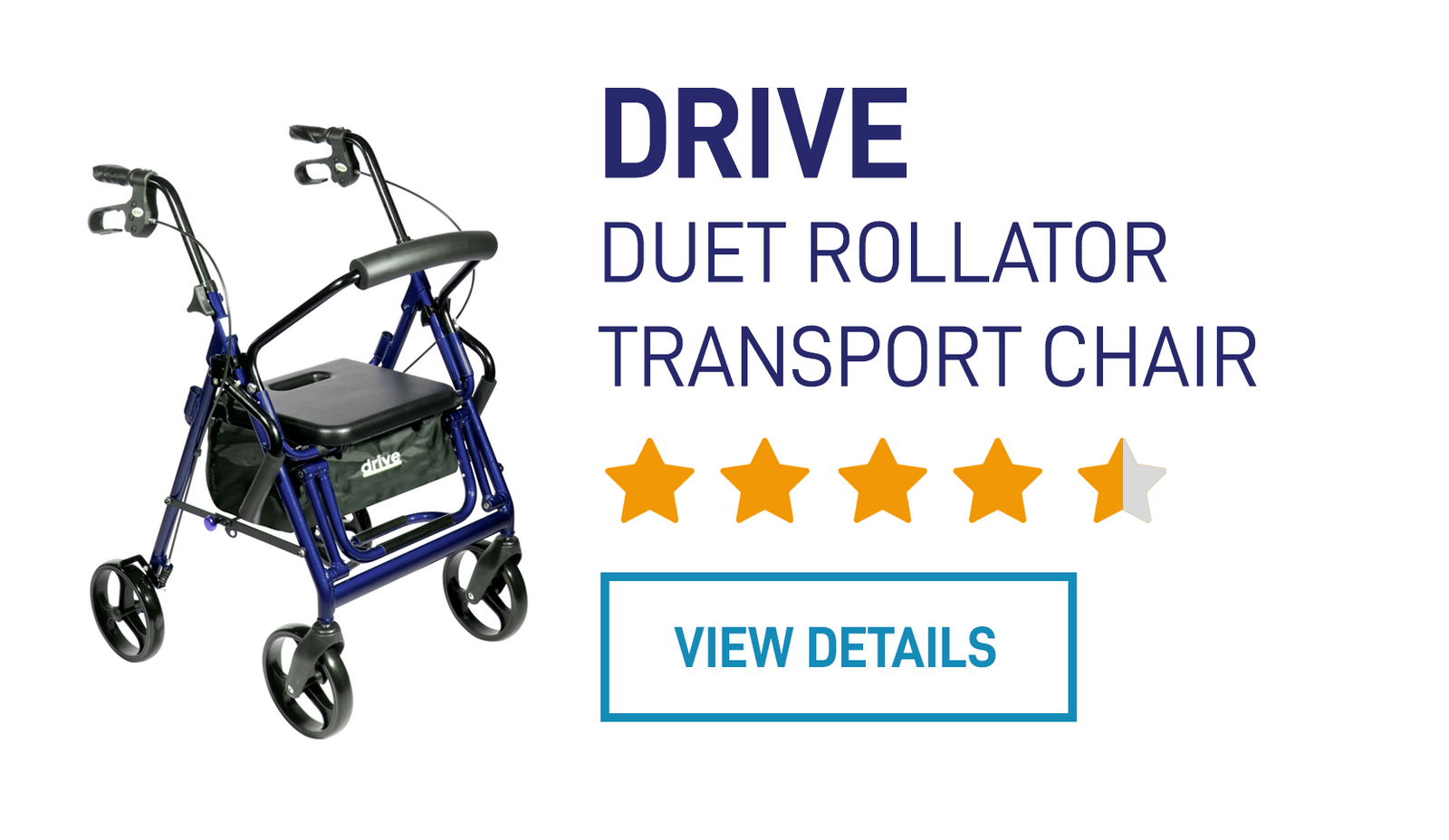Your Cart is Empty
Free Shipping on all orders $99.00 or more.
Menu

Free Shipping on all orders $99.00 or more.
ROLLATORS
Walkers
Crutches & Canes
Transport & Wheelchairs
Accessories & Parts
Choosing the Cane That’s Right for You
November 15, 2013 2 min read
 Do you sometimes find maintaining your mobility and balance a struggle? Are those knees just not what they used to be? Do you feel confined indoors by your limited mobility? If this is the case you may want to consider getting a mobility aid, such as a cane, to maintain your freedom and make your everyday life easier. For many people in this position, the world of mobility aids is a largely unknown one. You might already know that you want a bright pink cane, or one with racing stripes, but when it comes to what you need to ensure ideal comfort and mobility, it can be difficult to make an informed decision.
Do you sometimes find maintaining your mobility and balance a struggle? Are those knees just not what they used to be? Do you feel confined indoors by your limited mobility? If this is the case you may want to consider getting a mobility aid, such as a cane, to maintain your freedom and make your everyday life easier. For many people in this position, the world of mobility aids is a largely unknown one. You might already know that you want a bright pink cane, or one with racing stripes, but when it comes to what you need to ensure ideal comfort and mobility, it can be difficult to make an informed decision.
There are three basic types of canes you can choose from, and each comes with its own set of advantages.
The Standard Cane: This mobility device is probably the one that first comes to mind when you hear the word cane. It ranges from 34 to 42 inches in length, has a round, curved handle, and is generally made out of wood or metal. The standard cane has been made famous by such well-known figures as Charlie Chaplin, Franklin D. Roosevelt, and Moses. A simple test for finding your ideal size is to make sure the top of the cane is level with the inside of your wrist when your arms are hanging at your sides. A standard cane is ideal for people in need of a little extra balance, or who are slightly weaker on one side of their body.
Straight-handled Canes: This style of cane is similar to the standard, but it features a straight handle instead of a curved one, earning it the nickname “T-handle cane.” You can use the same test—(measuring the cane against your wrist)—to make sure it’s the right height for you. Straight-handled canes are particularly useful for people whose hands or wrists are weaker, as it offers support, and keeps you steadier when walking.
Broad-based canes: This mobility device is almost like a hybrid cane and walker. It resembles a standard cane at the top (though with a slightly straighter handle,) but at the bottom instead of one tip, it has three or four short legs, making it look almost like the bottom of a claw-foot tub. Also called quad canes, they offer the most support for people with poor balance, and help take extra strain off the legs and joints.
Any cane you select should have a rubber grip on the tip of it, to reduce the chance of slipping and falling. Selecting the cane that best fits your needs is important—it can make the difference between being confined indoors, and being able to move freely wherever you please. The good thing is that you’ll know when you've made the right choice, because you’ll not only have more independence of movement, but your new mobility device will also feel comfortable and easy to use.
Subscribe
Sign up to get the latest on sales, new releases and more …
{"themeColor":"#5273b8","iconColor":"#5273b8","showLogo":true,"topBottomPosition":0,"rightLeftPosition":0,"iconSize":"large","iconCustomSize":60,"position":"middle-right"}



